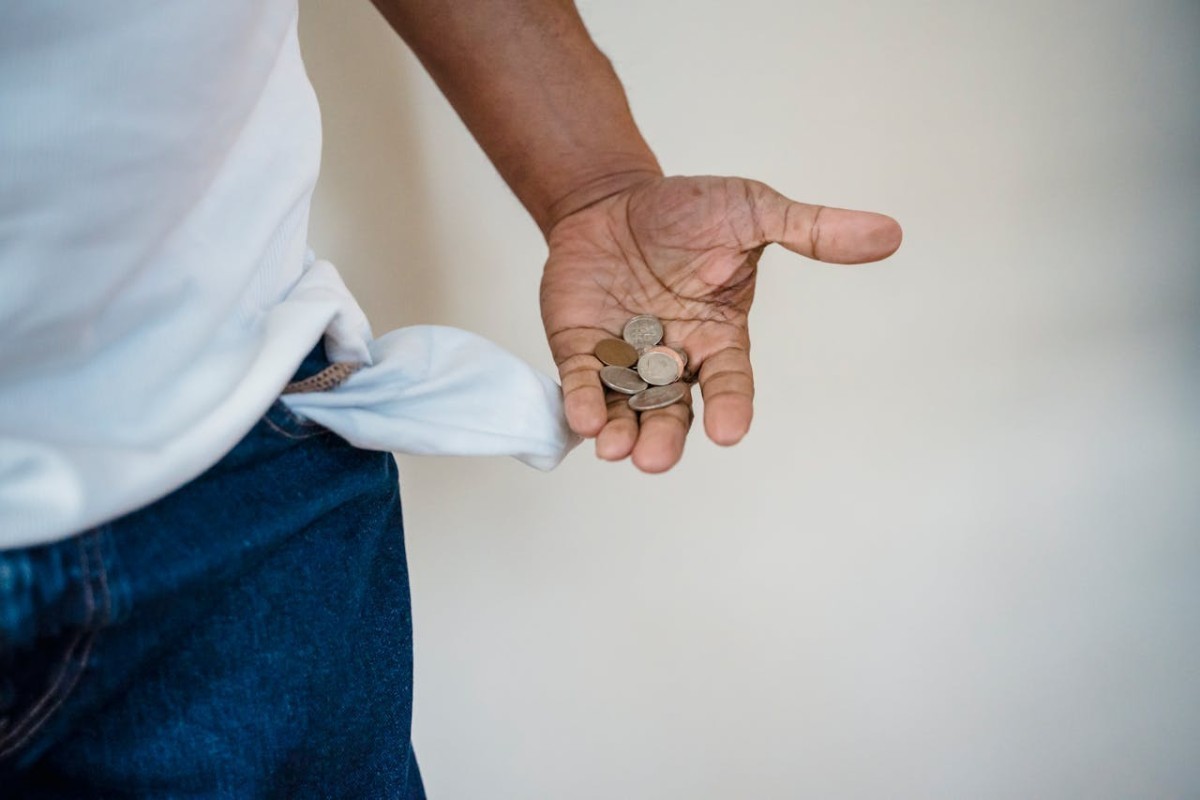Bankruptcy: When Is It the Right Option?
Navigating financial difficulties can be incredibly stressful, and when debts become unmanageable, the thought of filing for bankruptcy might come to mind. Bankruptcy is a legal process that provides relief to individuals or businesses who are unable to repay their debts. However, it’s not a decision to be taken lightly. This article explores the different types of bankruptcy, the situations in which it might be the right option, and the factors to consider before proceeding.



Understanding Bankruptcy: What It Means
Types of Bankruptcy
-
Chapter 7 Bankruptcy: Often referred to as "liquidation bankruptcy," Chapter 7 is the most common form. It involves the liquidation of non-exempt assets by a trustee to pay off creditors. Certain debts, like credit card debt, medical bills, and unsecured loans, are typically discharged, meaning you’re no longer required to pay them. However, some assets may be sold to satisfy creditors, and not all debts (such as student loans or alimony) can be discharged.
-
Chapter 13 Bankruptcy: Known as "reorganization bankruptcy," Chapter 13 allows individuals with a steady income to keep their property and repay debts over three to five years according to a court-approved plan. This option is ideal for those who have significant assets or want to avoid foreclosure on a home.
-
Chapter 11 Bankruptcy: Commonly used by businesses, Chapter 11 allows for reorganization and continued operation while repaying creditors. Individuals with particularly large debts that exceed Chapter 13 limits may also file for Chapter 11.
The Impact of Bankruptcy
-
Credit Score: Bankruptcy will significantly impact your credit score, often causing it to drop by 200 points or more. It will remain on your credit report for 7 to 10 years, depending on the type of bankruptcy filed.
-
Asset Loss: In Chapter 7 bankruptcy, you may lose non-exempt assets, such as second homes, valuable collectibles, or investment accounts, as they can be liquidated to repay creditors.
-
Public Record: Bankruptcy filings are public records, which means anyone can access this information. While this may not affect your day-to-day life, it’s something to be aware of.
When to Consider Bankruptcy: Key Indicators
Overwhelming Debt
-
High Debt-to-Income Ratio: If your debt far exceeds your income, and you’re unable to make minimum payments on your loans or credit cards, bankruptcy might be worth considering. A debt-to-income ratio above 50% often signals financial distress.
-
Persistent Collection Efforts: When creditors are constantly calling, or you’re receiving notices of wage garnishment, property liens, or lawsuits, it’s a sign that your debts are spiraling out of control.
-
No Other Options: If you’ve explored all other debt relief options, such as debt consolidation, credit counseling, or negotiation with creditors, and still can’t find a viable solution, bankruptcy may be your last resort.
Threat of Foreclosure or Repossession
-
Home Foreclosure: If you’re facing foreclosure due to missed mortgage payments, filing for Chapter 13 bankruptcy can halt the process and allow you to catch up on payments over time.
-
Vehicle Repossession: Chapter 13 bankruptcy can also stop vehicle repossession and allow you to include past-due payments in your repayment plan.
Medical Bills and Unexpected Expenses
-
Medical Debt: Unexpected medical emergencies can lead to insurmountable debt, especially if you’re uninsured or underinsured. Medical bills are a leading cause of bankruptcy filings, and if your medical debt is unmanageable, bankruptcy may offer relief.
-
Job Loss: If a job loss or reduction in income has left you unable to meet your financial obligations, and you see no immediate way to recover, bankruptcy might be a solution to reset your financial situation.
Factors to Consider Before Filing for Bankruptcy
Exploring Alternatives
-
Debt Consolidation: This involves combining multiple debts into a single loan with a lower interest rate, making it easier to manage payments. It doesn’t reduce your overall debt but can simplify repayment.
-
Debt Settlement: Negotiating with creditors to reduce the amount you owe in exchange for a lump-sum payment. This can be risky and may still harm your credit, but it’s less severe than bankruptcy.
-
Credit Counseling: A credit counselor can help you create a debt management plan (DMP) and negotiate with creditors to lower interest rates or waive fees.
Long-Term Financial Goals
-
Rebuilding Credit: After bankruptcy, rebuilding your credit will take time and effort. You’ll need to demonstrate responsible financial behavior, such as paying bills on time and using credit sparingly.
-
Future Borrowing: Bankruptcy will limit your ability to obtain credit or loans for a period of time. When you do qualify, it will likely be at higher interest rates.
Legal and Filing Fees
-
Costs of Filing: Bankruptcy isn’t free. You’ll need to pay filing fees, attorney fees, and possibly other costs associated with the process. These can add up, especially if you’re already struggling financially.
-
Legal Advice: It’s crucial to consult with a bankruptcy attorney before deciding to file. They can help you understand your options, the implications of bankruptcy, and whether it’s the right choice for your situation.
The Bankruptcy Process: What to Expect
Pre-Filing Requirements
-
Credit Counseling: Before filing, you must complete credit counseling from an approved agency. This course will help you understand your financial situation and explore alternatives to bankruptcy.
-
Means Test: For Chapter 7 bankruptcy, you’ll need to pass a means test to prove that your income is low enough to qualify. If your income is too high, you may need to file for Chapter 13 instead.
Filing and Aftermath
-
Filing the Petition: Once you file for bankruptcy, an automatic stay goes into effect, halting all collection actions, including foreclosure, repossession, and wage garnishment.
-
Meeting of Creditors: You’ll attend a meeting where creditors can ask questions about your financial situation and the bankruptcy petition.
-
Discharge of Debts: If your bankruptcy is approved, your qualifying debts will be discharged, meaning you’re no longer legally obligated to pay them.



Bankruptcy can provide a fresh start for those drowning in debt, but it’s not without significant consequences. It’s essential to carefully consider your financial situation, explore all other options, and consult with a professional before making the decision to file. If done thoughtfully and strategically, bankruptcy can be the right option to help you regain control of your finances and start rebuilding your future.












